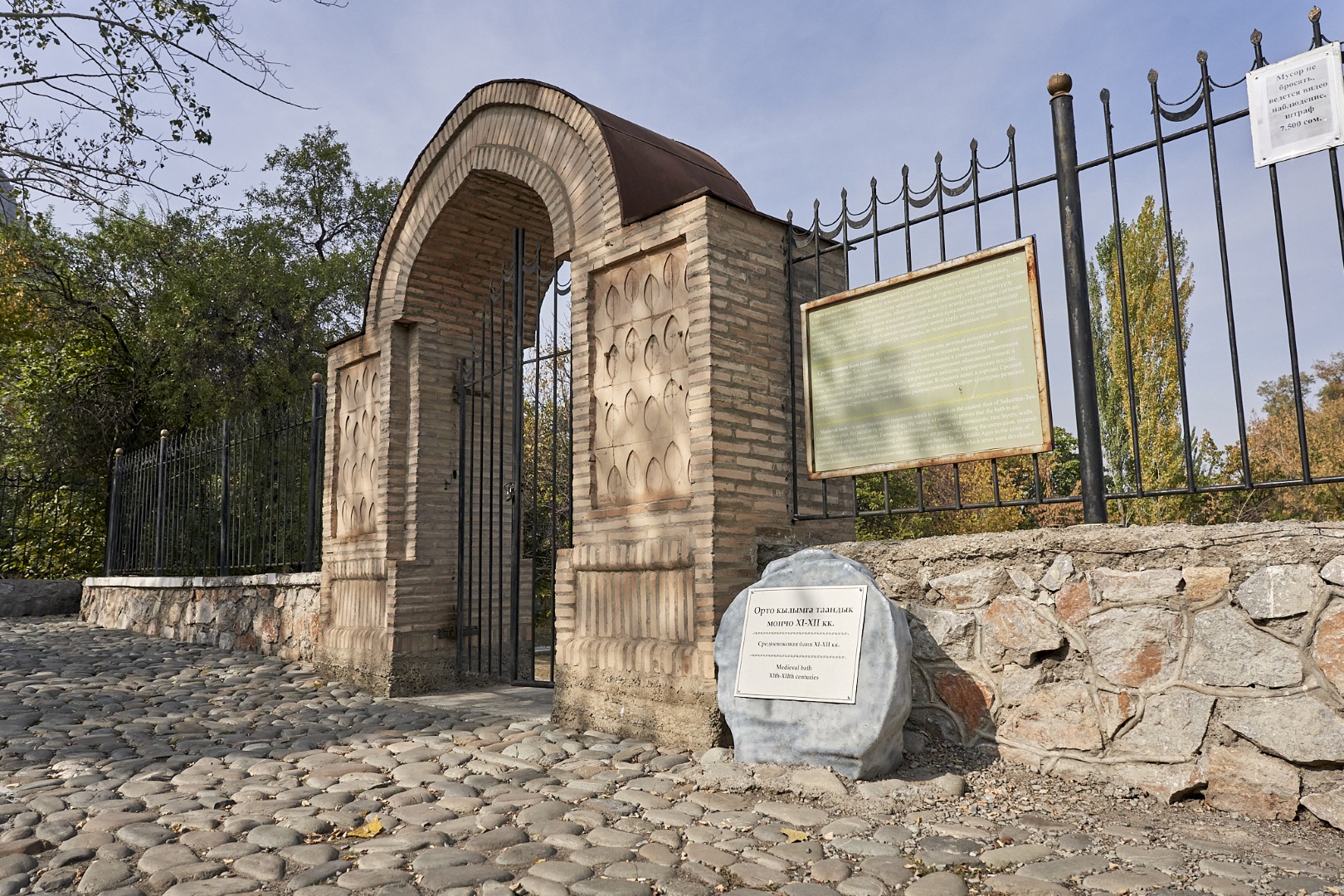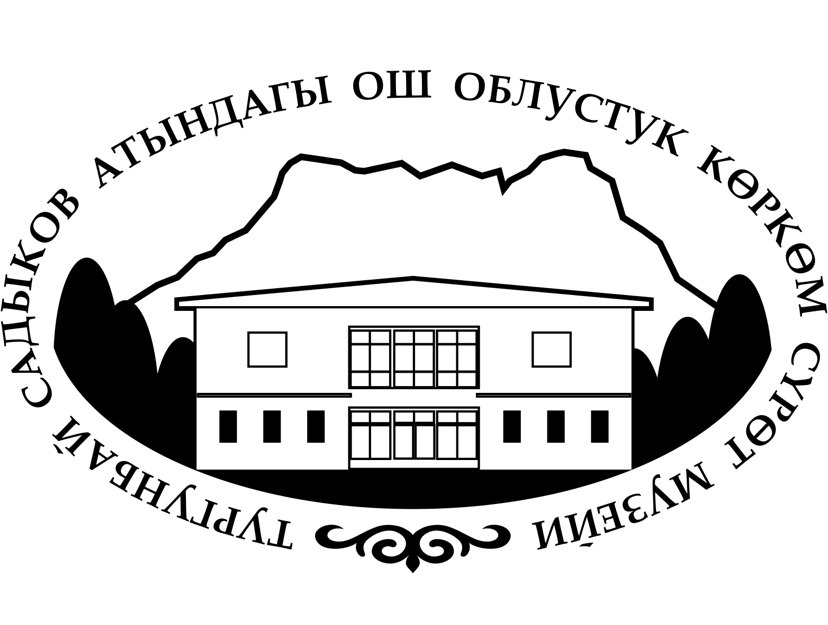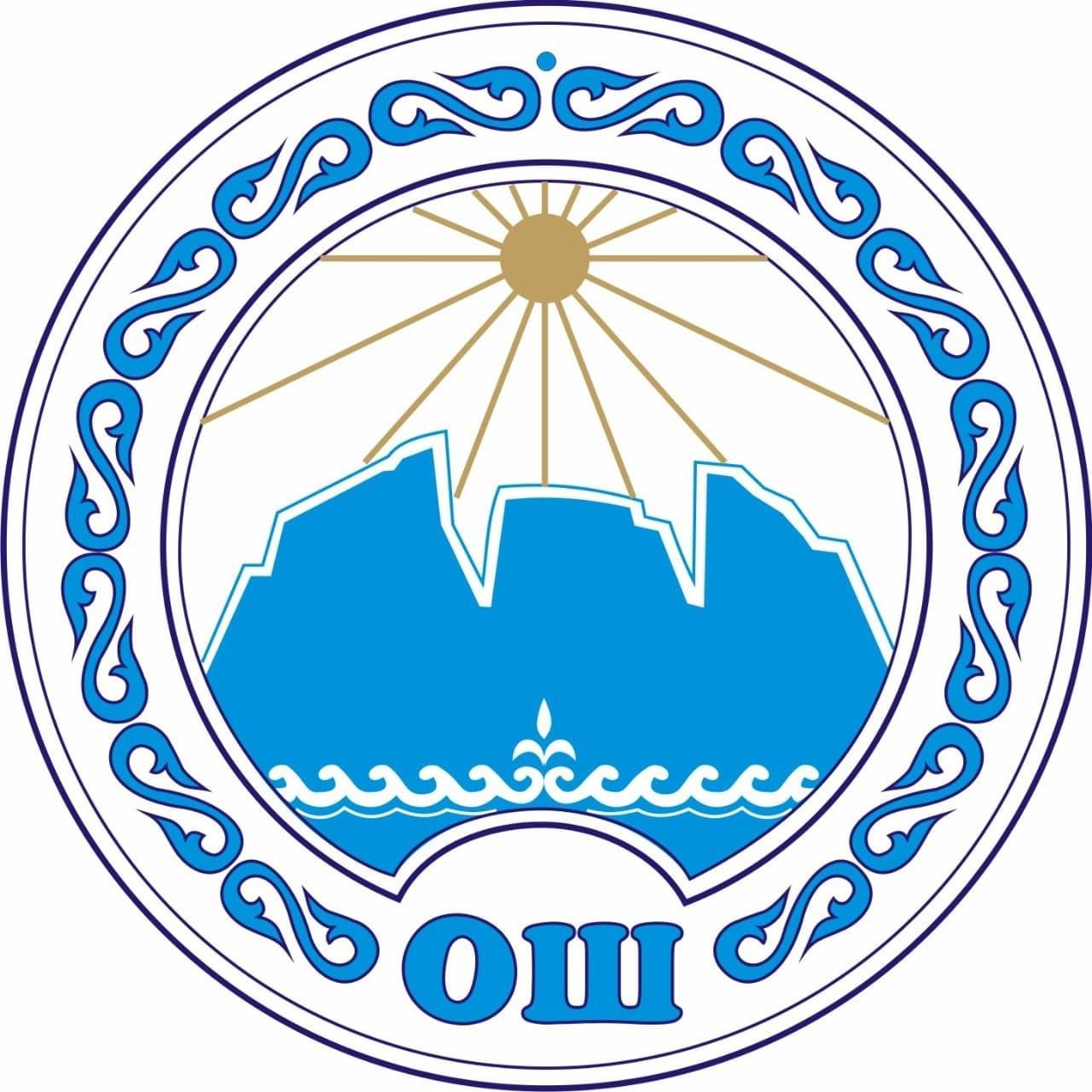
Add to My Tour
Medieval Bathhouse
The remnants of a medieval bathhouse at the northern foot of Suleiman Mountain were discovered quite unexpectedly in 1984 during construction work for a new pavilion.
Archaeologist Yuri Zadneprovsky and historian Elena Druzhinina, having examined it, were able to prove that this was a public bathhouse dating back to the 10th-12th centuries. Perhaps there is some connection with the mausoleum of Asaf ibn Burhia, where the unexplained brickwork of the same era was discovered.
The medieval bathhouse was located within a network of mosques and madrasahs, which were densely built up at the foot of the mountain. In the medieval era, there were two canals, Zhupas-Aryk and Zhannat-Aryk, running alongside the bathhouse. One of them, Zhupas-Aryk, still flows nearby.
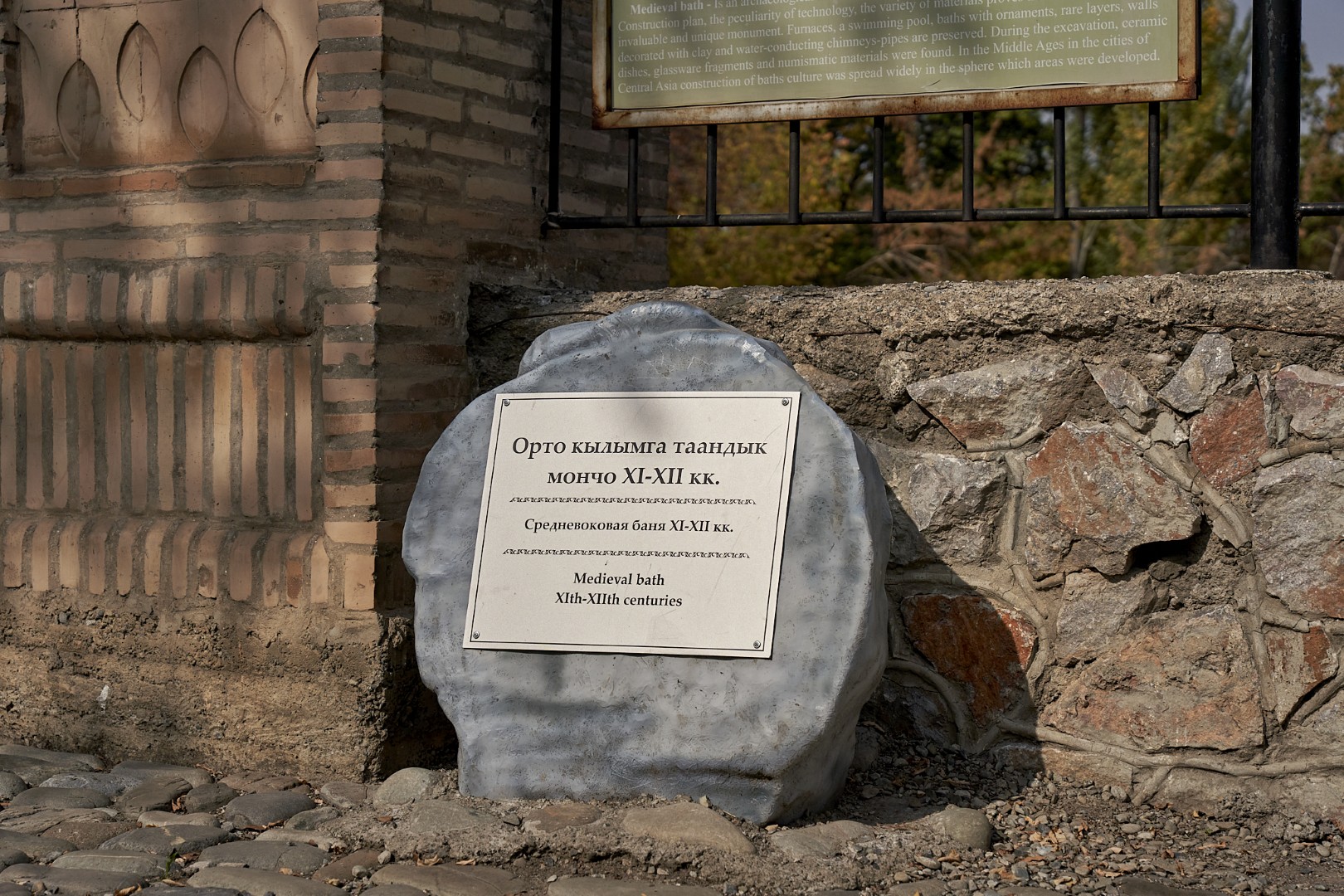
Archaeologists identified the bathhouse as public for a number of reasons. First, it was dug in the ground, typical of public bathhouses of that period. Secondly, the size and number of premises also suggest it was freely available to many people. The rooms that have been uncovered contain remnants of waterproof plaster.
Archaeologists have managed to clear an area of about 500 square metres, unearthing the remnants of about 15 rooms of various sizes and purposes. The bathhouse was rebuilt several times. It was divided into three parts: northern, southern and central. The entrance to the bathhouse was on the north side, which is indicated by a rounded foyer made of large paving stones. There is no such pavement on the south side.
According to scientists, the widespread use of tile cladding, the construction of the bathtubs and the combination of brick columns, grooves and heating channels marks the Osh bathhouse as a relative of the bathhouses in Akhsikent (Uzbekistan). From the 10th to the 13th centuries, Akhsikent was one of the major Karakhanid cities in the Ferghana Valley, but it was completely destroyed by a strong earthquake in 1620.

Locations Nearby
-

Mosque of Mohammed Yusuf Bai Haji Ogli
Mohammed Yusuf Bai Haji Ogli Mosque, an architectural monument of the 20th century, located on Navoi Street, is an example of a “guzar” (quarterly) religious…
-

Artisans Quarter
Artisans Quarter is one of the favorite urban subjects of Osh painters. After Suleiman Mountain, it is the most recognizable location portrayed by local landscape…
-

Rabat Abdullah Khan Mosque
Rabat Abdullah Khan Mosque, a historical and architectural monument of the Shaybanid era, is located at the northern foot of the Suleiman Mountain.
-

Madrasah of Khalmurzay and Mukhammedbay Turk
Today, in the square between Navoi, Kurmanjan Datka and Lenin Streets, it is difficult to find the outlines of the old quarter of Osh. It…
Other Locations
-
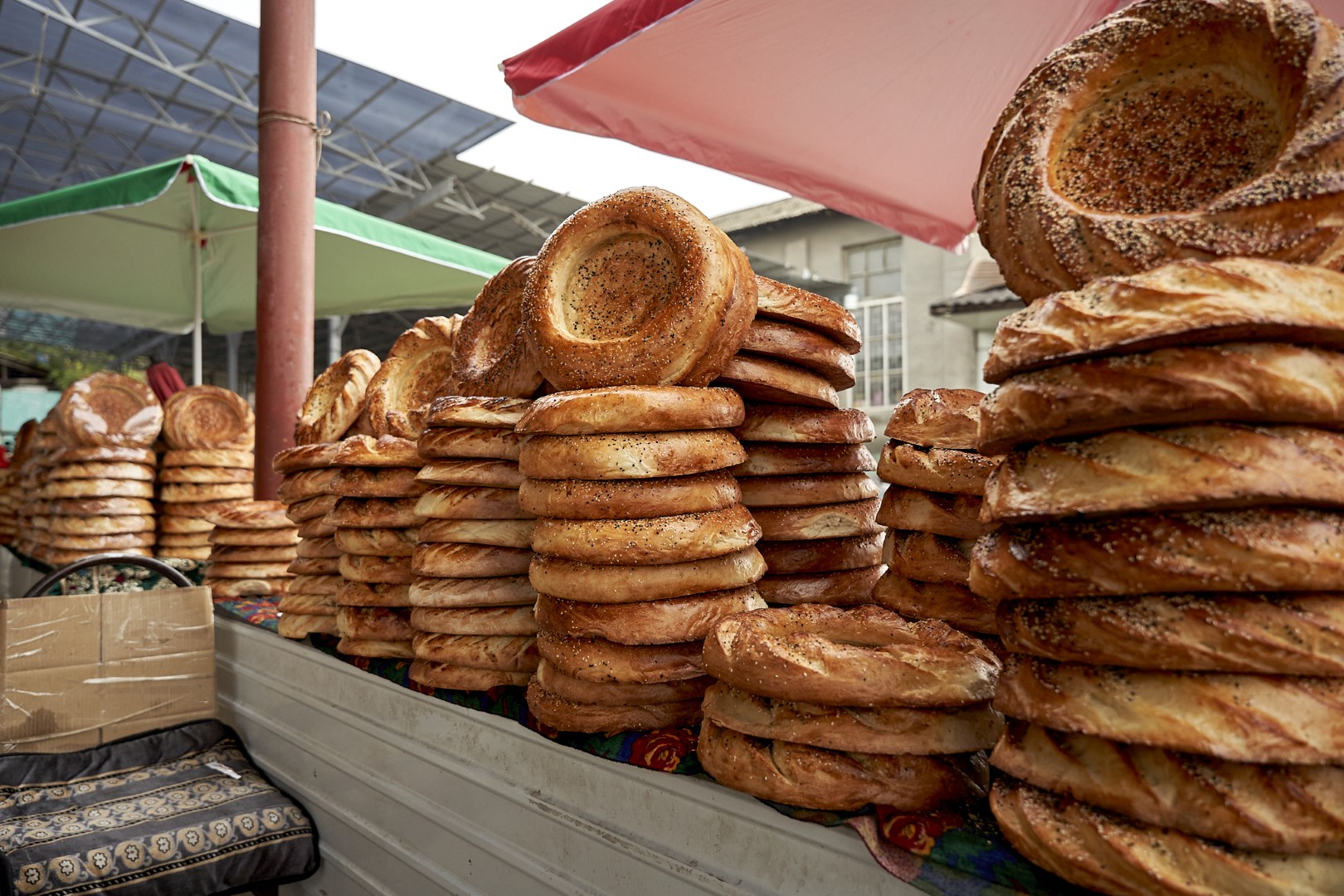
Navai-Nan: Delicious Flatbreads of the South
Nowhere else in Kyrgyzstan is there such a variety of tandoor flatbreads as in Osh! In almost every quarter there is a tandoor stand, where…
-
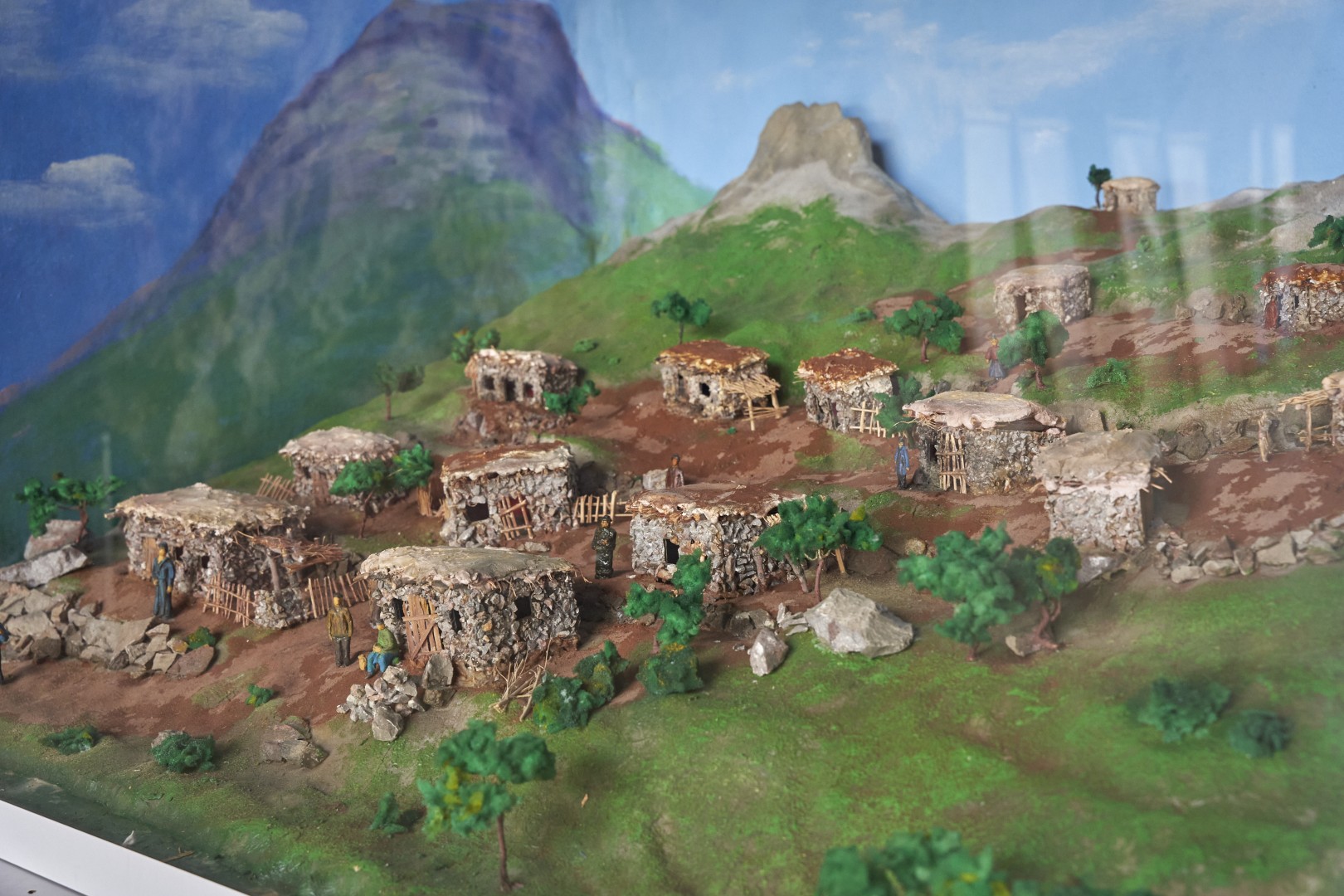
The beginning: Osh settlement
In 1967, Elena Druzhinina, the Head of the Pre-Soviet History Department of the Osh Regional Local History Museum, found fragments of ceramics identical in origin…
-
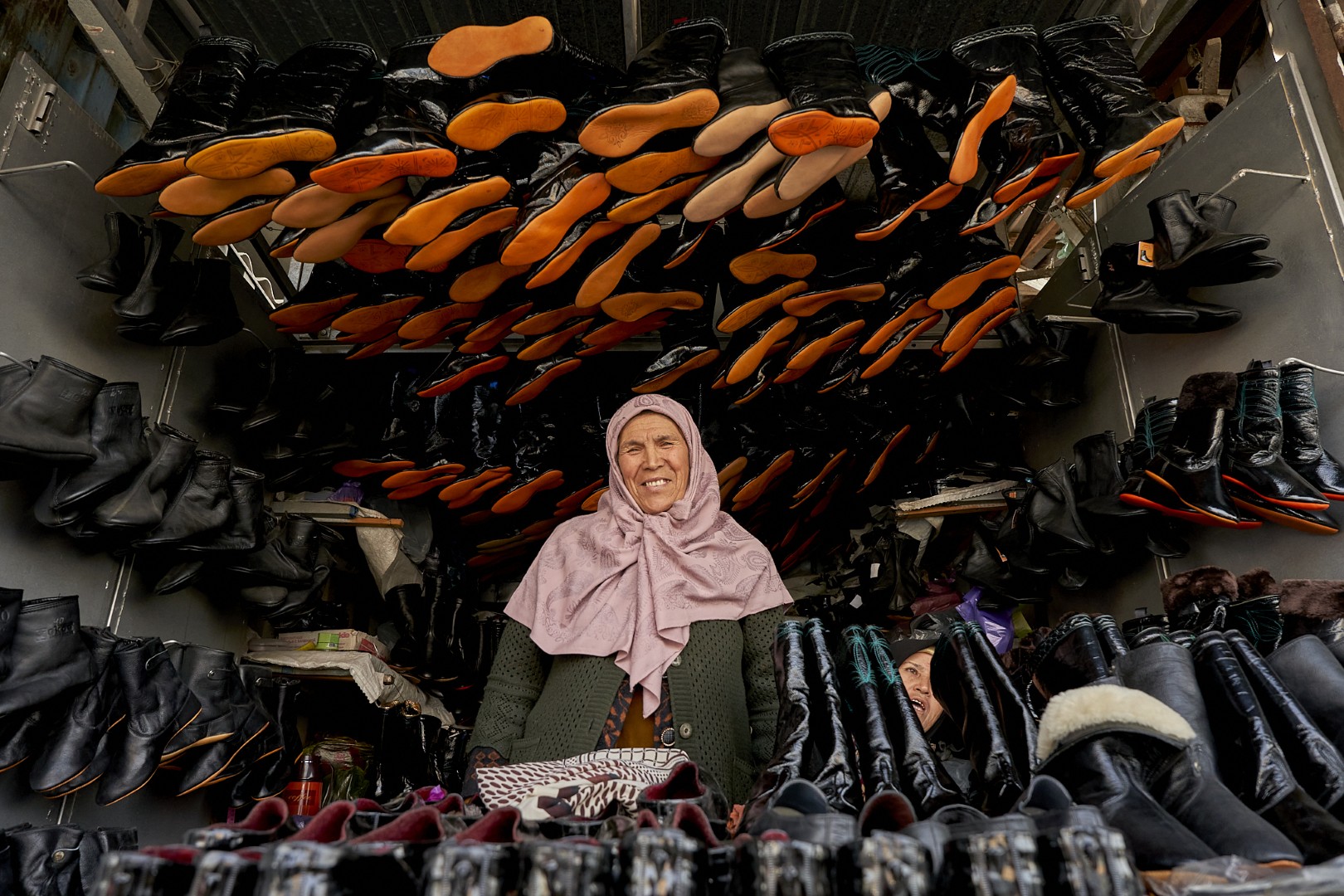
Teshik-Tash
Teshik-Tash is one of the oldest and most colorful passageways to the bazaar, dating back to ancient times. Long ago, it was the most common…
-
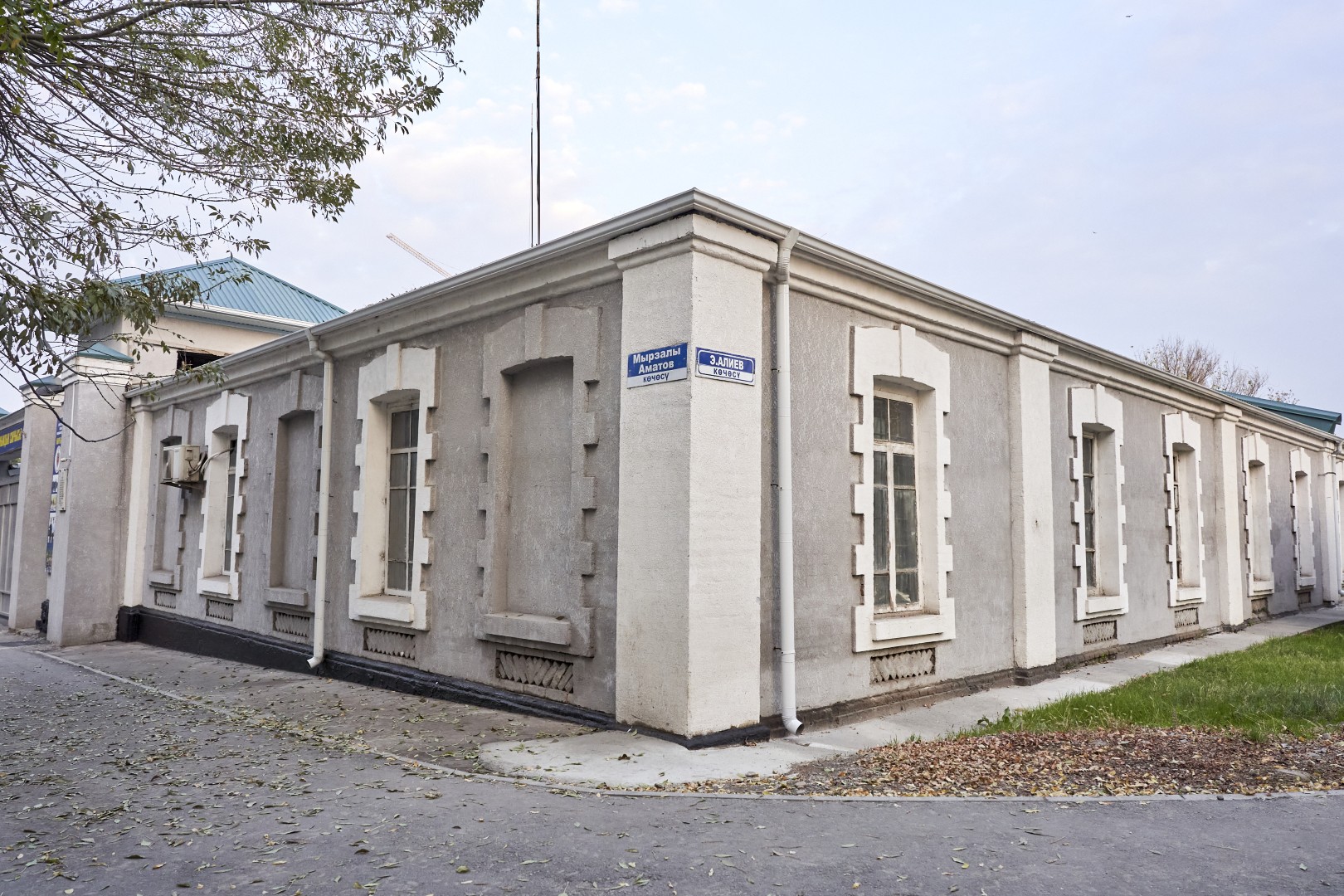
Osh Fortress
The Osh fortress was built in 1919 on the site of the former Tsarist Russian military barracks, located in the very center of the “new…

